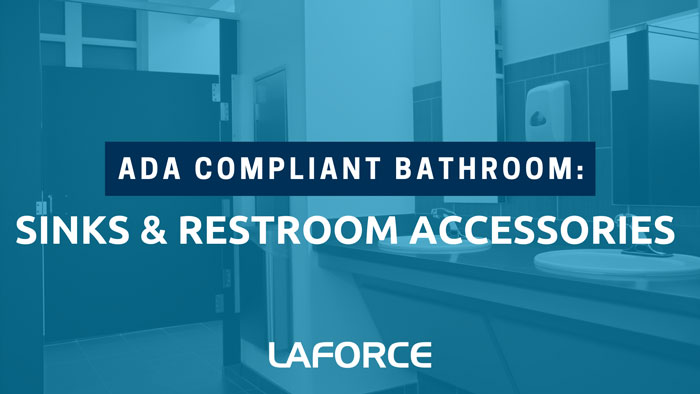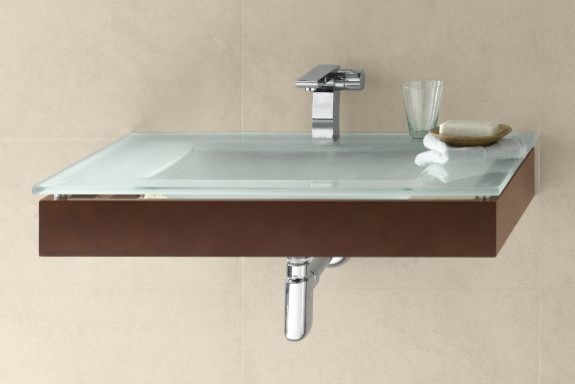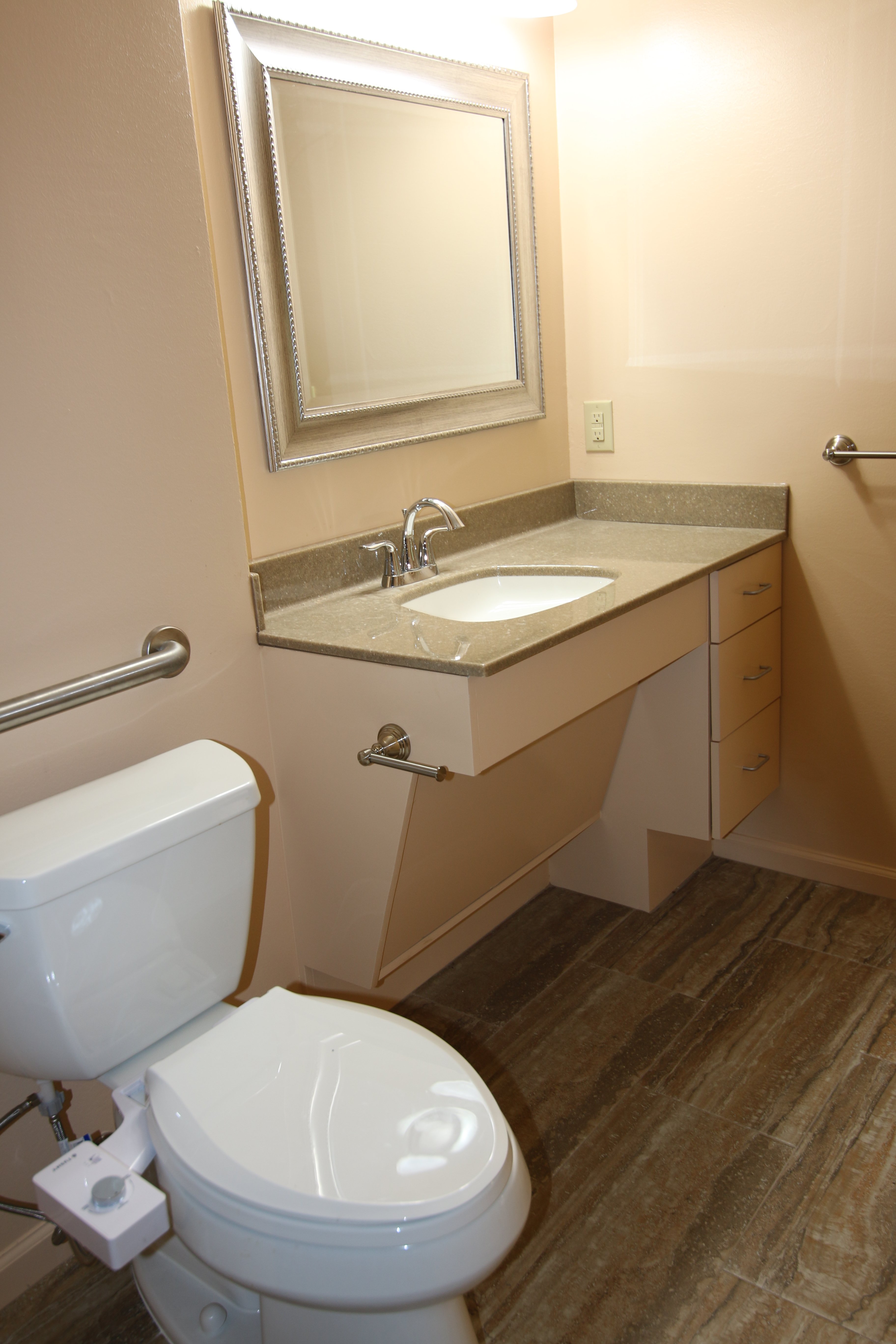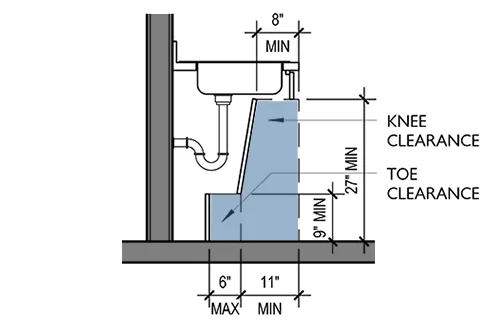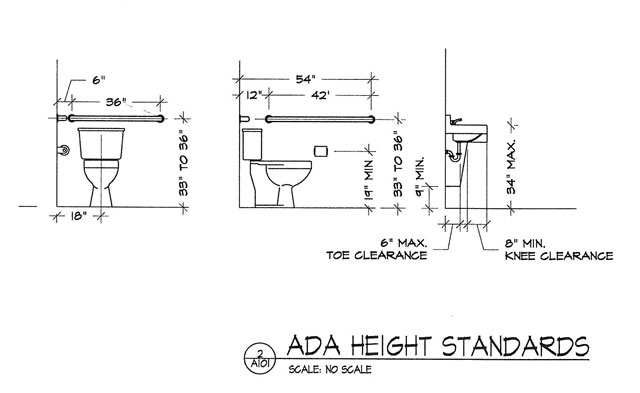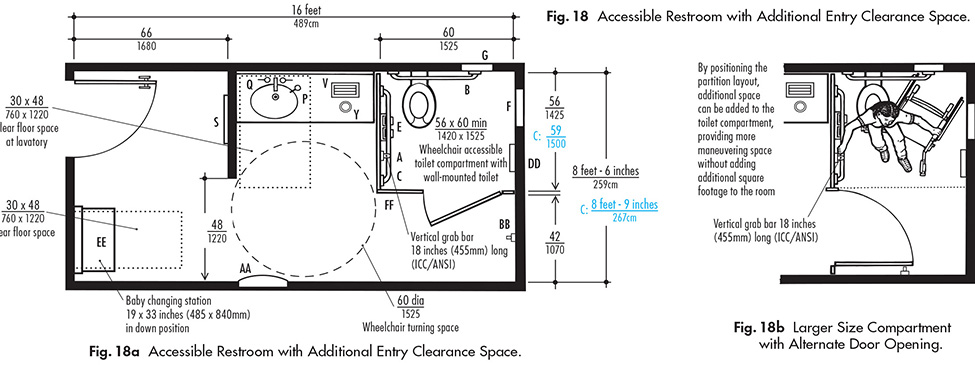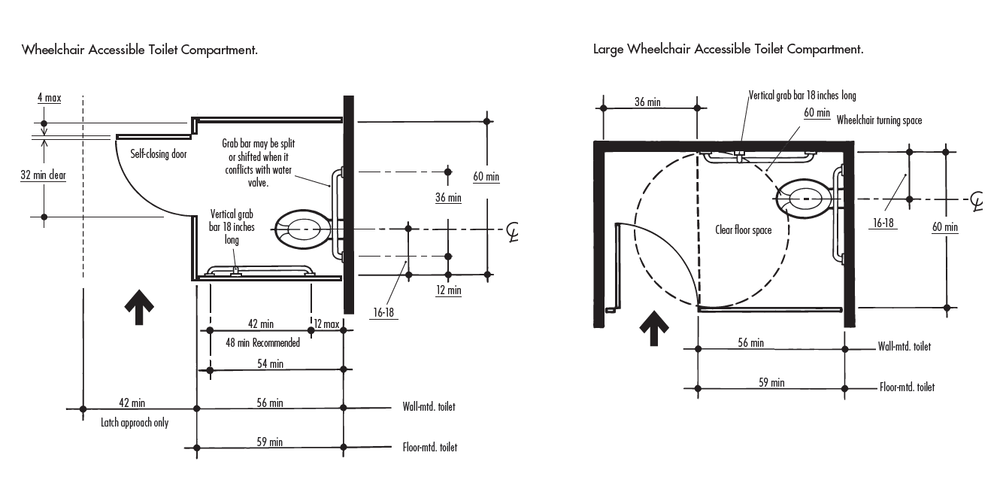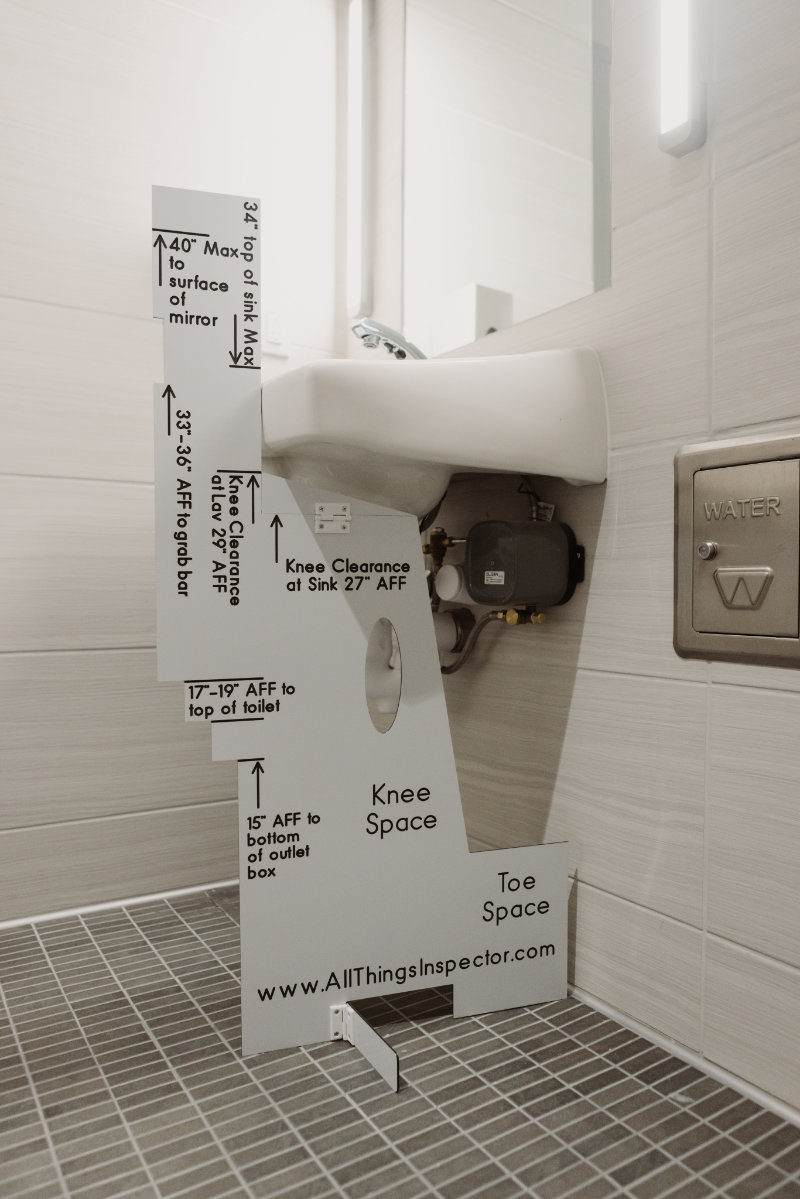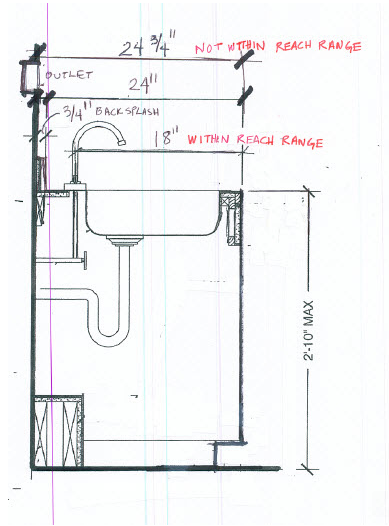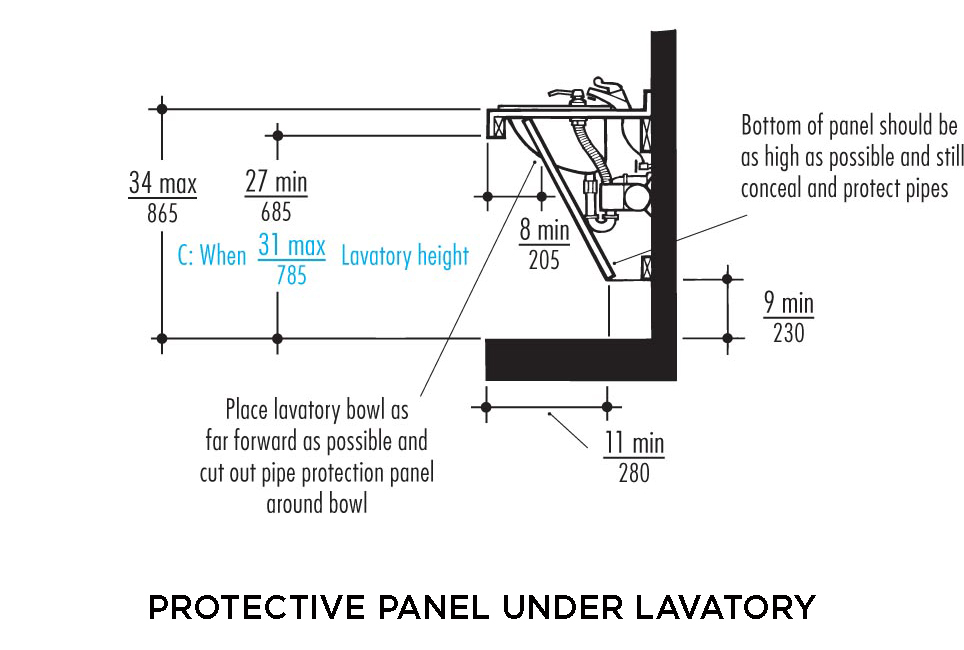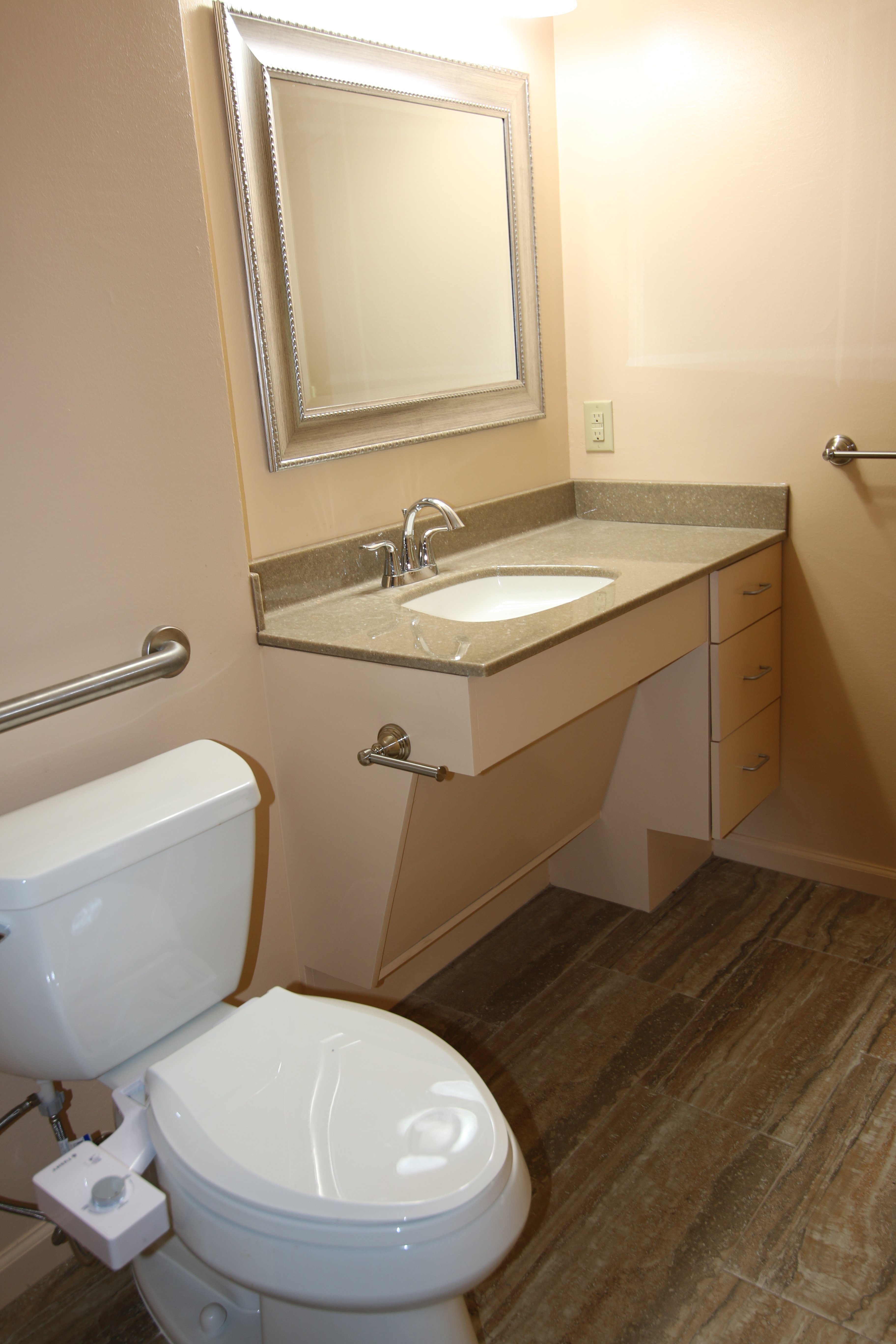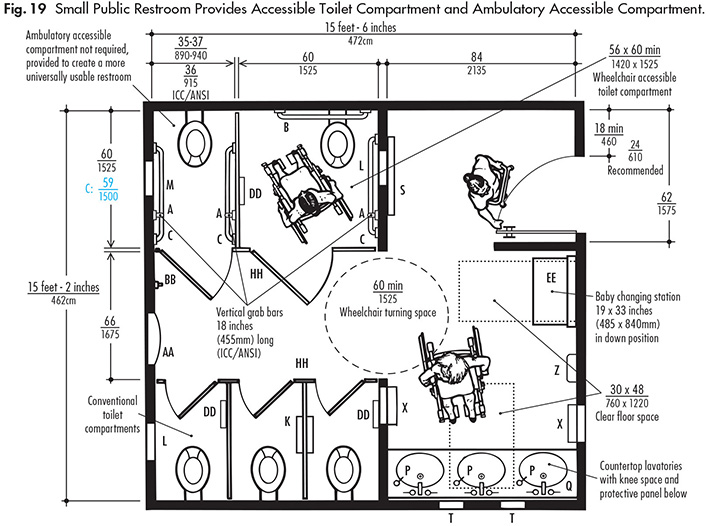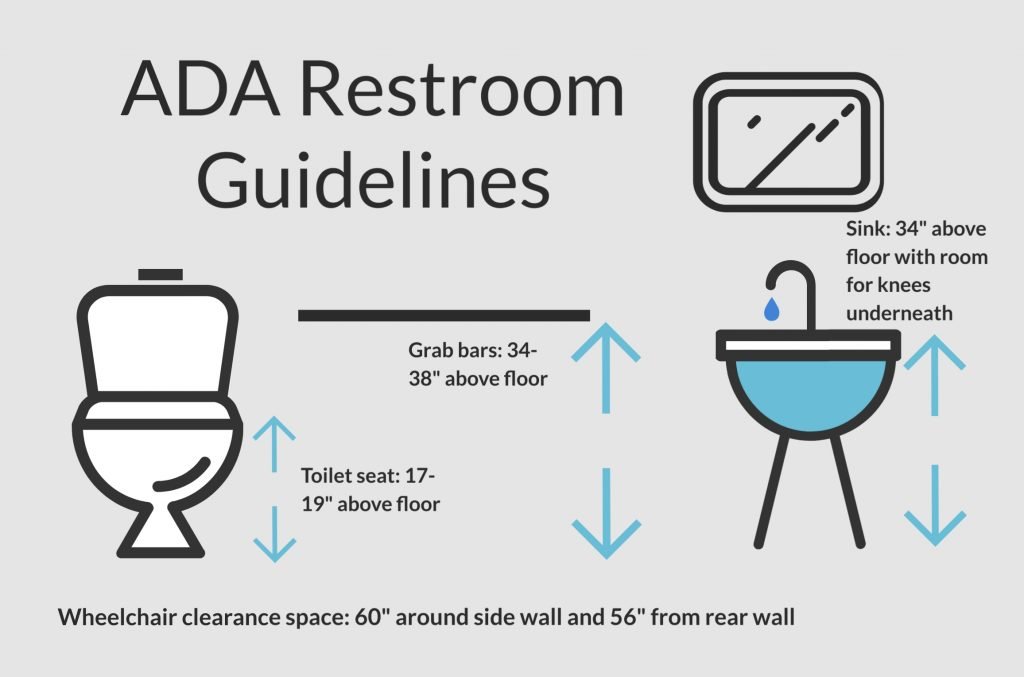The Americans with Disabilities Act (ADA) is a federal law that aims to ensure that people with disabilities have equal access to public spaces, including bathrooms. This includes regulations for bathroom sinks to make them accessible for individuals with disabilities. In this article, we will discuss the top 10 ADA bathroom sink regulations to help you ensure compliance and create an accessible bathroom space.Introduction
The ADA has specific regulations for bathroom sinks to make them accessible for individuals with disabilities. These regulations cover everything from sink height to faucet requirements. It is important to adhere to these regulations to make your bathroom space inclusive and accessible for all. Here are the top 10 ADA bathroom sink regulations you need to know.ADA Bathroom Sink Regulations
To ensure compliance with ADA regulations, it is important to choose an ADA compliant bathroom sink. These sinks are specifically designed to meet the ADA requirements, making them accessible for individuals with disabilities. When choosing a bathroom sink, look for the ADA compliance symbol to ensure you are selecting the right one.ADA Compliant Bathroom Sinks
The ADA regulations state that the height of the sink should be no higher than 34 inches from the finished floor. This allows individuals who use a wheelchair to comfortably reach the sink and use it without any difficulty. It also allows for individuals who are shorter or taller than average to use the sink without straining themselves.ADA Sink Height Requirements
In addition to the height requirement, ADA regulations also require that the sink be mounted no more than 2 inches from the front edge of the countertop. This ensures that individuals who use a wheelchair can reach the sink without any obstructions. It also allows for individuals with limited mobility to easily access the sink.Accessible Bathroom Sinks
The ADA also has specific regulations for the dimensions of the bathroom sink. The sink should have a minimum clear floor space of 30 inches by 48 inches in front of it to allow for a wheelchair to maneuver. The sink should also have a maximum depth of 6.5 inches to ensure that it can be reached easily by individuals with disabilities.ADA Bathroom Sink Dimensions
In addition to the sink dimensions, the ADA regulations also require a certain amount of clearance around the sink to ensure accessibility. This includes a minimum of 15 inches of clearance from the centerline of the sink to any side walls or obstructions. This allows individuals using a wheelchair to comfortably access the sink without any barriers.ADA Bathroom Sink Clearance
The ADA has specific regulations for the faucet of the bathroom sink as well. The faucet should have a lever, push, or touchless operation to make it easy to use for individuals with limited dexterity. The faucet should also have a maximum force of 5 pounds to turn on and off, making it accessible for individuals with disabilities.ADA Bathroom Sink Faucet Requirements
Mounting height is another important factor to consider when installing an ADA compliant bathroom sink. The ADA regulations state that the top of the sink should be no higher than 34 inches from the finished floor. This ensures that the sink is accessible for individuals using a wheelchair or those who are shorter or taller than average.ADA Bathroom Sink Mounting Height
Proper installation is crucial to ensure compliance with ADA regulations. The sink should be securely mounted to the wall or countertop to prevent any movement or instability. It is also important to ensure that the plumbing is installed correctly to avoid any leaks or potential hazards for individuals with disabilities.ADA Bathroom Sink Installation
The Importance of ADA Bathroom Sink Regulations in House Design
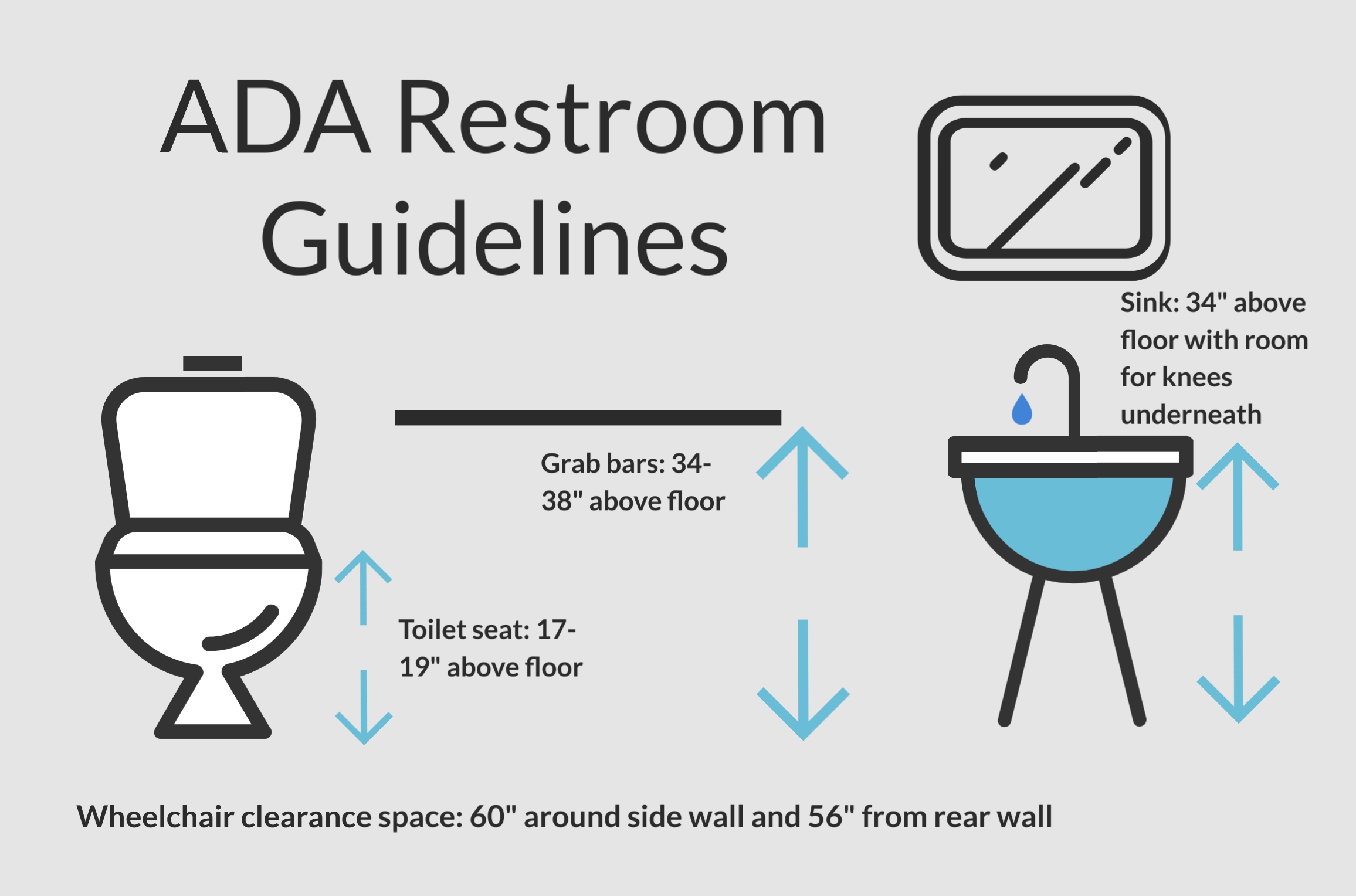
Ensuring Accessibility for All
 When it comes to designing a home, one of the most important considerations is accessibility. This means creating a space that is welcoming and functional for people of all abilities. The Americans with Disabilities Act (ADA) is a federal law that sets standards for accessibility in public and commercial buildings. One of the key areas of focus in the ADA regulations is
bathroom sinks
. These regulations are in place to ensure that people with disabilities have equal access to facilities and can use them independently. So if you are in the process of designing or renovating a home, it is crucial to understand and follow ADA bathroom sink regulations.
When it comes to designing a home, one of the most important considerations is accessibility. This means creating a space that is welcoming and functional for people of all abilities. The Americans with Disabilities Act (ADA) is a federal law that sets standards for accessibility in public and commercial buildings. One of the key areas of focus in the ADA regulations is
bathroom sinks
. These regulations are in place to ensure that people with disabilities have equal access to facilities and can use them independently. So if you are in the process of designing or renovating a home, it is crucial to understand and follow ADA bathroom sink regulations.
Specific Requirements for Bathroom Sink Design
 According to the ADA, there are specific requirements for the design and installation of bathroom sinks. These regulations cover various aspects of sink design, including the size, height, and positioning of the sink. One of the main requirements is that there must be enough clear floor space around the sink for a person in a wheelchair to maneuver. This means that the sink should not be placed too close to the toilet or other fixtures. Additionally, the sink should be no more than 34 inches high and have a knee clearance of at least 29 inches. These measurements allow for individuals to comfortably use the sink while seated in a wheelchair.
According to the ADA, there are specific requirements for the design and installation of bathroom sinks. These regulations cover various aspects of sink design, including the size, height, and positioning of the sink. One of the main requirements is that there must be enough clear floor space around the sink for a person in a wheelchair to maneuver. This means that the sink should not be placed too close to the toilet or other fixtures. Additionally, the sink should be no more than 34 inches high and have a knee clearance of at least 29 inches. These measurements allow for individuals to comfortably use the sink while seated in a wheelchair.
Benefits of Following ADA Regulations
 Not only is it important to follow ADA bathroom sink regulations for the sake of inclusivity and accessibility, but there are also several other benefits to doing so. By following these regulations, you are creating a more functional and user-friendly space for everyone. This can also increase the value of your home and make it more appealing to a wider range of potential buyers in the future. Moreover, following ADA regulations can also help you avoid potential legal issues and penalties.
Not only is it important to follow ADA bathroom sink regulations for the sake of inclusivity and accessibility, but there are also several other benefits to doing so. By following these regulations, you are creating a more functional and user-friendly space for everyone. This can also increase the value of your home and make it more appealing to a wider range of potential buyers in the future. Moreover, following ADA regulations can also help you avoid potential legal issues and penalties.
Conclusion
 In conclusion, ADA bathroom sink regulations are a crucial aspect of house design that should not be overlooked. By following these regulations, you are not only creating a more inclusive and accessible space but also ensuring that your home is functional and compliant with federal laws. So whether you are designing a new home or renovating an existing one, be sure to consider and implement these regulations in your bathroom sink design.
In conclusion, ADA bathroom sink regulations are a crucial aspect of house design that should not be overlooked. By following these regulations, you are not only creating a more inclusive and accessible space but also ensuring that your home is functional and compliant with federal laws. So whether you are designing a new home or renovating an existing one, be sure to consider and implement these regulations in your bathroom sink design.





